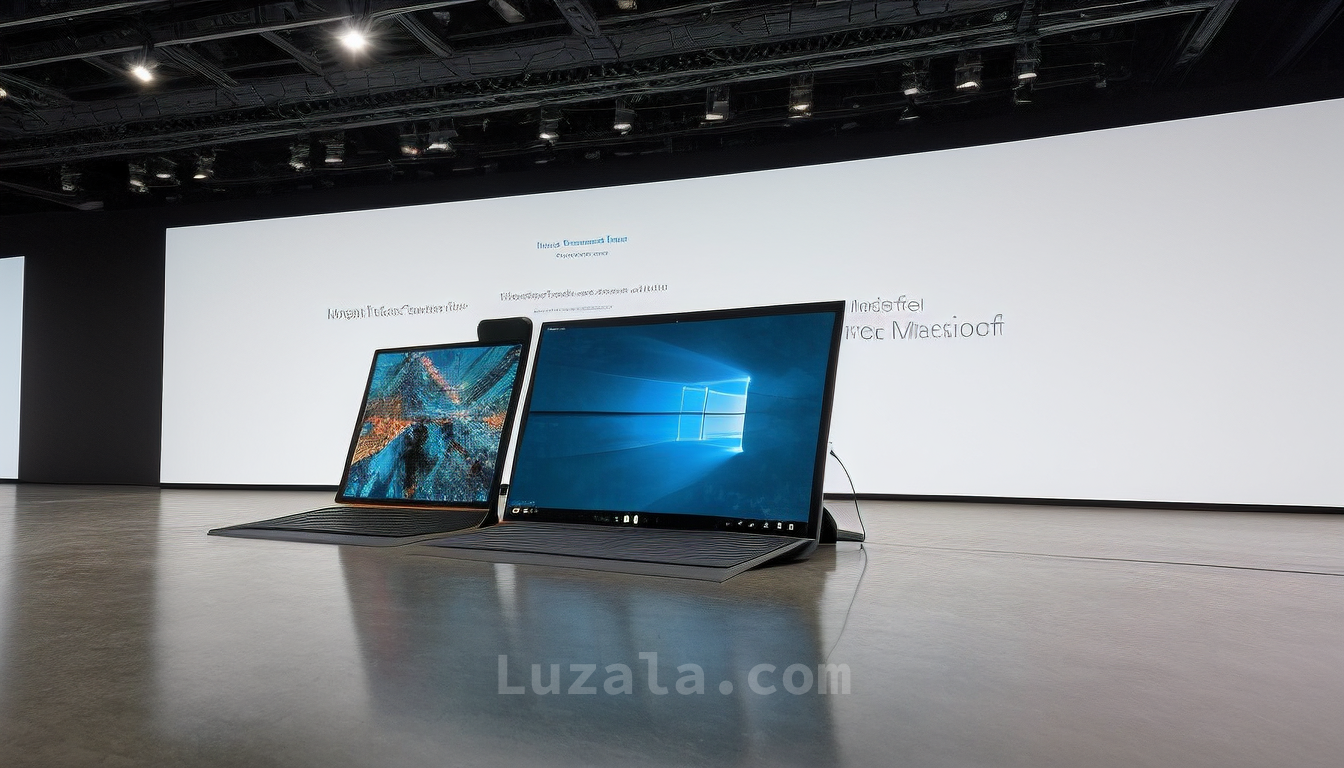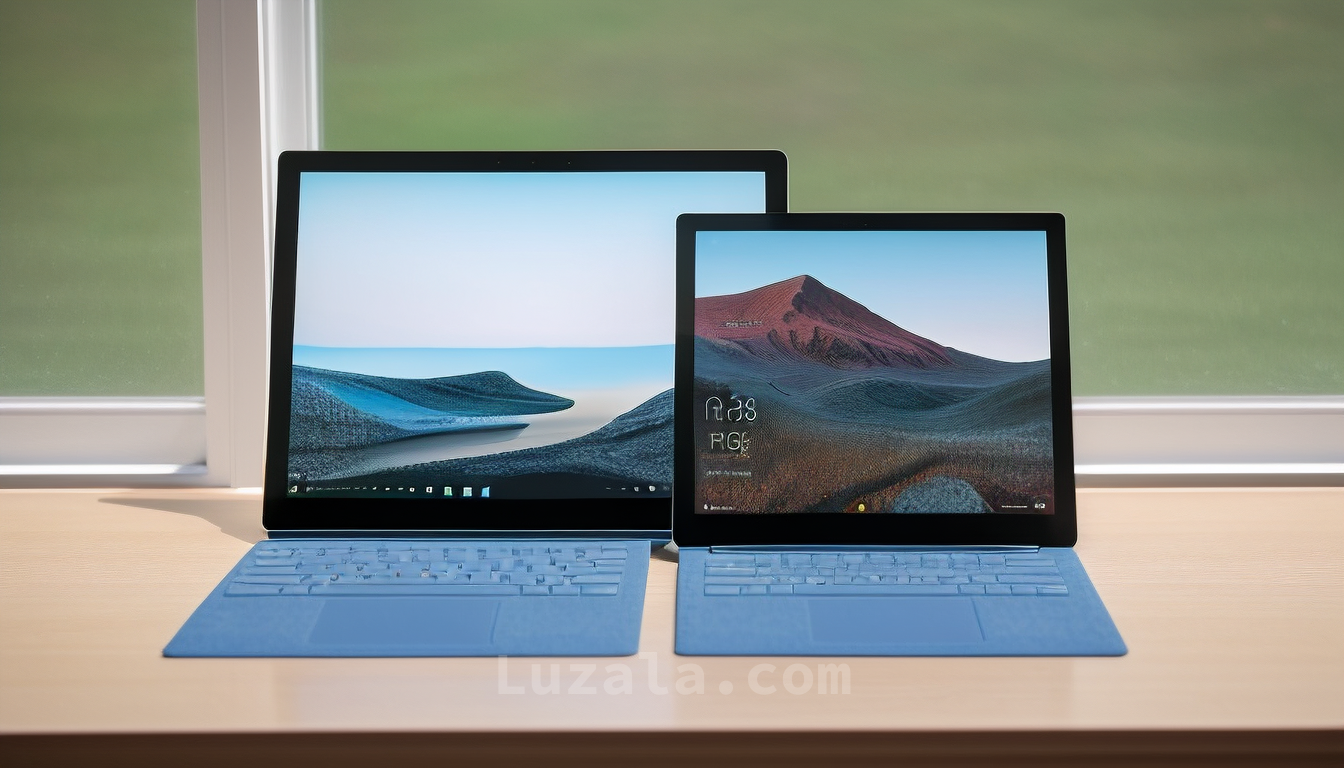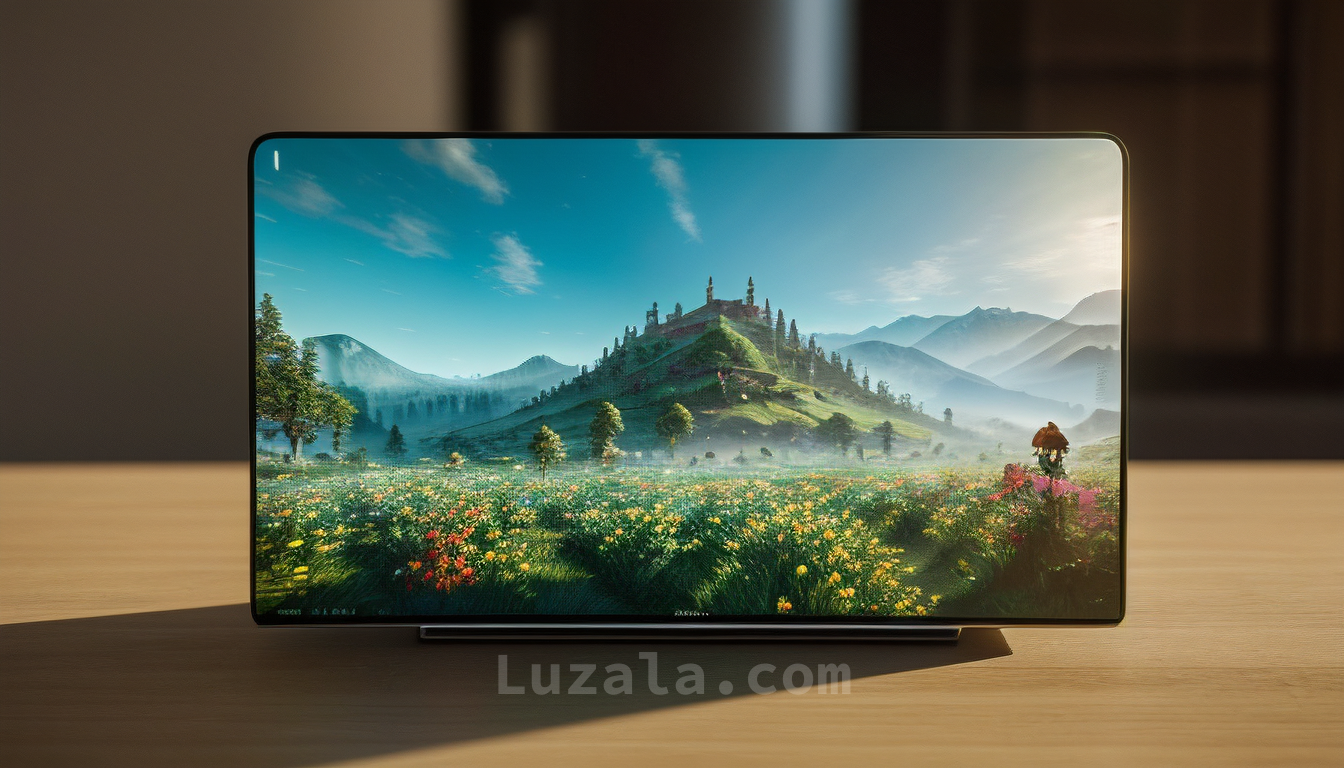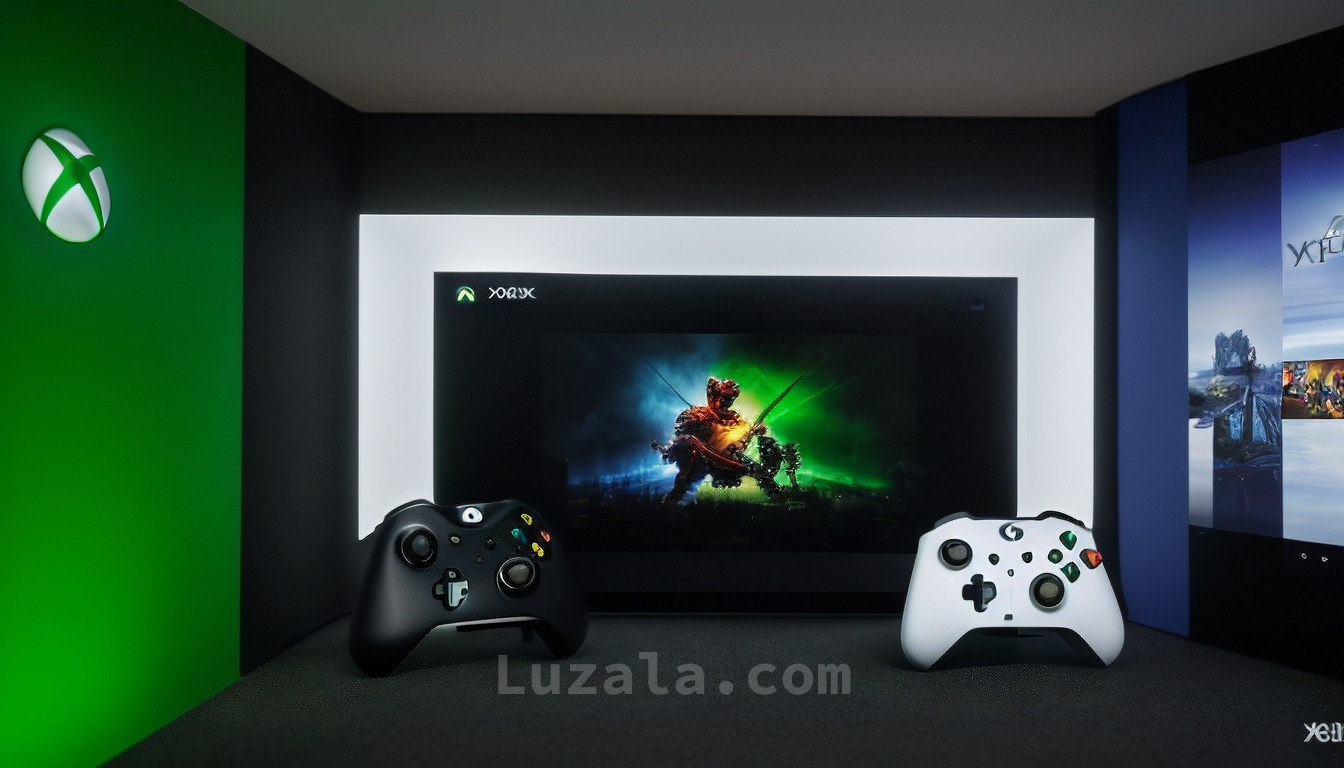Apple's History of Self-Reliance: Lessons in Innovation
Apples history reflects its self-reliant ethos, demonstrated through in-house solutions and avoiding third-party dependencies. The markets reluctance drives Apples innovation, potentially expanding into gaming.
In Apple's rich history, there's a recurring theme of self-reliance. Apple has always strived to maintain control over its destiny, avoiding dependency on third-party companies. Waiting for others to catch up has never been Apple's style. This approach has been pivotal at various junctures in Apple's journey.
Unity, once considered a potential partner, fell short of expectations, just as Sweeney Todd and Company revealed their true colors. While Unity excels as a gaming engine, Apple couldn't afford to wait indefinitely. This echoes the Code Warrior era when Apple, faced with a similar dilemma, decided to forge its own path.
Doubts about Apple's capability to design its CPUs existed in the past. However, history has shown that Apple's in-house solutions, from X-Code to the iPhone, have been instrumental in overcoming ecosystem challenges. The market's reluctance to support Apple's vision has persisted, necessitating Apple's proactive approach.
The issue isn't Apple's hardware performance but rather the market's perception. Notably, the intricacies of Apple's new R1 processor remain shrouded in mystery. Geekbench scores for single-core and multi-core performance showcase Apple's prowess with the M2 processor, with the M3 generation taking things up a notch, even introducing ray tracing support.
Geekbench, however, omits an essential metric—wattage. In this regard, Apple stands unrivaled. It's possible that other manufacturers will follow suit in the future, revealing their wattage figures as well.
As for DirectX, Apple's capability is unquestionable. While they've been occupied with various endeavors, including their recent strides, the prospect of delving into game engines is increasingly likely. Microsoft's colossal $69 billion investment in Activision hints at a different strategy—taking shortcuts rather than rolling up sleeves. Apple, on the other hand, could craft a game engine with ease, potentially at a fraction of the cost—around $3 billion, matching the largest acquisition in Apple's history.
In essence, Apple's history underscores its determination to chart its course. Unity's stumble and past challenges have reinforced Apple's commitment to self-reliance. The market's reluctance to embrace the Apple ecosystem has propelled Apple to develop in-house solutions. The focus now shifts to Apple's mysterious R1 processor and the potential for them to venture into the gaming industry, a realm where their competence is undeniable.
Download your fonts:
Dictadura Font - Free Download
Zoulsister plus eYe/FS Font - Free Download
Supercaligrafilisticexpialidoc Font - Free Download
Heisenberg Font - Free Download
Means of malice Font - Free Download















Comments